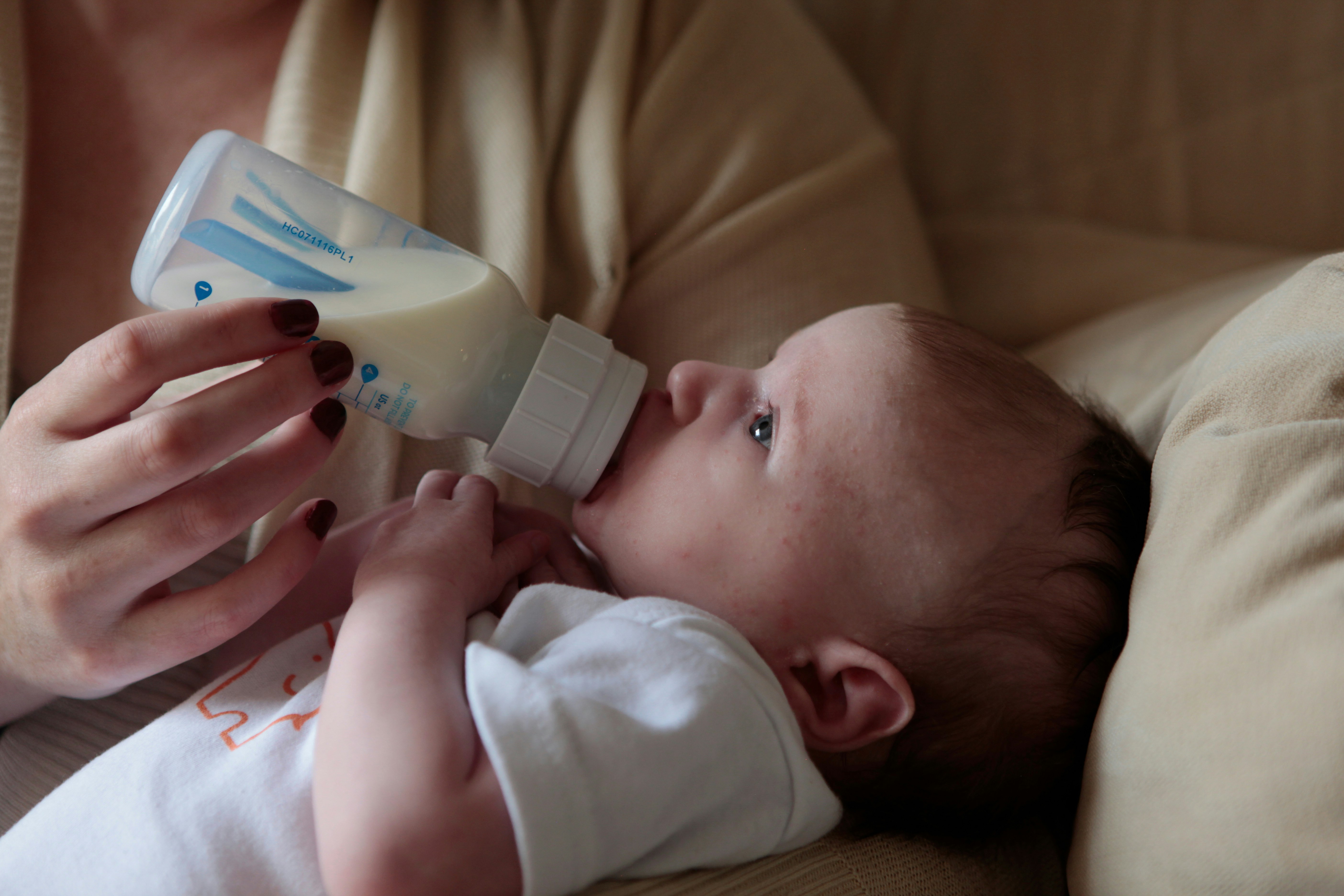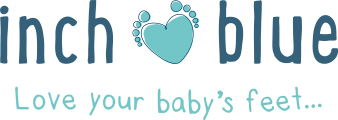How to Bottle Feed a Baby: Essential Tips for First-Time Parents

As first-time parents, there may seem like so many things you don’t know when looking after a baby. From washing to burping to feeding your newborn, navigating this new world of parenthood can be both exciting and overwhelming. But when it comes to learning how to bottle feed a baby it is important to create a positive feeding experience for both you and your newborn. This will not only make feeding a whole lot easier, but it will help to establish a strong bond and promote healthy growth and development.
Bottle feeding can offer a wonderful opportunity for closeness and nourishment while establishing a deep connection. In this blog, we have put together essential tips and techniques, including how to bottle-feed a baby and how to stop baby hiccups after feeding, to create a nurturing environment for your newborn to thrive.
Choosing the right bottle
The first step to ensure a smooth bottle-feeding experience is selecting the right bottle. There are many options available, so it is important to consider your baby’s unique needs. The different types of bottles and nipples are available to cater to the various feeding preferences and stages of your baby’s development.
For example, newborns require bottles with slow-flow nipples to prevent overfeeding and to reduce the risk of nipple confusion if you’re also breastfeeding. As your baby grows, you may then have to gradually transition to bottles with faster-flow nipples to accommodate their increasing feeding pace.
Generally, we would also recommend choosing a bottle that is easy to assemble and clean as there is no underestimating convenience amidst the whirlwind of parenthood.
Creating a comfortable feeding environment
One of the best things you can do to make feeding your baby easier is to establish a tranquil and comfortable feeding environment. This is a key ingredient to fostering a positive feeding experience that both you and your baby can enjoy. Therefore, we recommend that you find a quiet and cosy space that is free from distractions. This allows you to focus solely on nurturing your little one.
Start by dimming the lights and playing soothing music to create a calming atmosphere to help bonding and relaxation. It is important to remember that feeding time isn’t just about giving your little one the nourishment they need, it’s also a precious opportunity to connect and bond on a deeper level just the two of you.
Holding and Positioning Techniques
Once you’ve created the perfect tranquil environment and have the right bottle, the next step in how to bottle feed a baby is to master the proper holding and positioning techniques. The right positioning and holding is an essential part of successful bottle feeding.
But it is important to remember that each baby is different so you may need to take some time to find the right positions for your baby. Experiment with different holding positions to find one that is comfortable for you both.
Start off by cradling your baby in your arms, ensuring their head is slightly elevated to prevent choking and facilitate swallowing. Ensure that you support their head and neck with one hand while you hold the bottle with the other to maintain a secure and gentle grip throughout feeding time.
You should also encourage skin-to-skin contact whenever possible to add warmth and a sense of security to enhance the feeding experience.
Recognising Hunger and Fullness Cues
Another crucial part of establishing a healthy feeding routine is learning to understand your baby’s hunger and fullness clues. So it is important that you learn to recognise the subtle signs that show your baby is ready to eat. These can include sucking on fingers, rooting or fussiness.
On the other hand, you also need to be mindful of signals that suggest your baby has had enough, such as becoming disinterested or physically turning away from the bottle. You may also notice that after a while of feeding the bottle’s contents aren’t going down despite the appearance that your baby is feeding.
Tuning into your baby’s cues and signals is responsive feeding and means offering the bottle to your baby when they’re hungry, instead of adhering to a strict feeding schedule. This helps strengthen the parent-child bond through attentive and nurturing care, while also promoting your child’s self-regulation.
How to Stop Hiccups After Feeding
Now that you feel like you’ve got the hang of how to bottle feed a baby, you may be looking for help with how to stop baby hiccups after feeding. Hiccups are a common occurrence in babies and they often occur after feeding due to a rapid intake of milk or due to swallowed air while feeding. Even though they are harmless, hiccups can be uncomfortable for your little one so you should try to alleviate them where possible.
We recommend that you try burping your baby gently midway through the feed to help release trapped air that could be causing the hiccups. If the hiccups continue after feeding then you should hold your baby upright and gently pat their back to help expel air bubbles. You may also find that offering them a dummy or letting them suck on your finger can also soothe their diaphragm and alleviate the hiccups.
It is important to remember that hiccups usually resolve on their own and are no cause for concern unless your baby has accompanied symptoms such as a fever or vomiting.
Common Challenges and Seeking Advice
When it comes to being a first-time parent you will have many challenges along the way. It is important to remember that this is completely normal and you should seek advice whenever you need it. Similarly, despite your best efforts, you may encounter challenges along the journey of bottle-feeding. Some common issues that many parents face are feeding strikes, nipple confusion and difficulty latching.
Remember that help is available to you, and you can reach out to your GP or health visitor for practical solutions tailored to your baby’s needs. Try to reach out for assistance and address challenges early on so that you can prevent them from escalating, to ensure the best possible feeding experience for you and your baby.
Keep Your Newborn Cosy with Baby Shoes from Inch Blue
At Inch Blue, we have a beautiful range of handmade newborn shoes made from soft breathable leather to keep tiny toes snug and cosy. Choose from our wide selection of colours and styles or opt for our personalisation service, adding a name, initial or memorable date to the collar to get a beautiful keepsake to treasure for years to come. Discover our full collection of Inch Blue shoes to find the perfect pair for your little guzzler.
